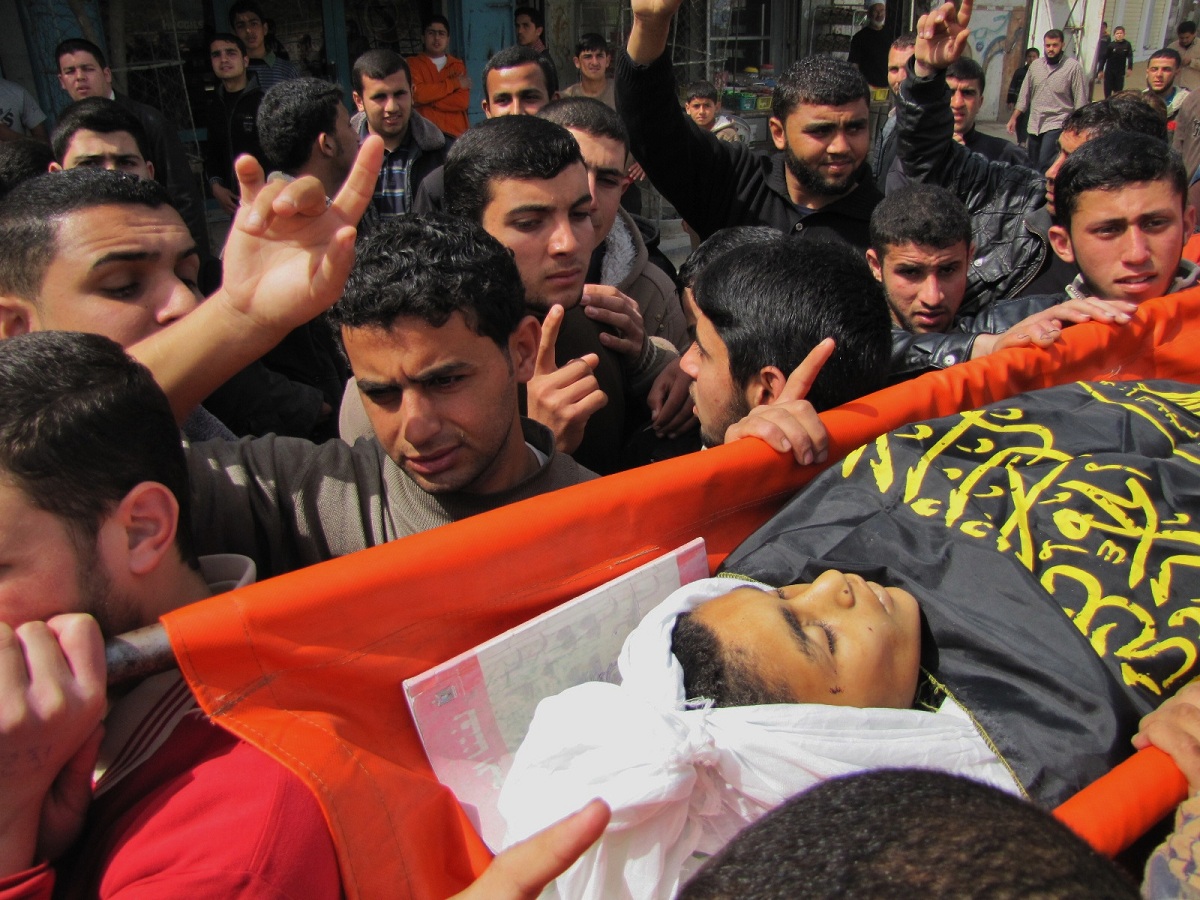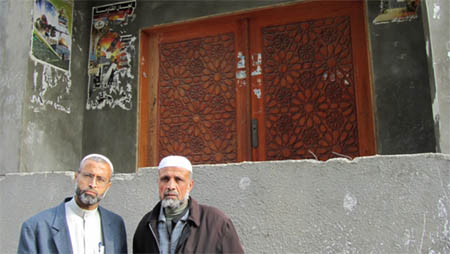Tag: Jabaliya
-
Burying Nayif Qarmout
13 March 2012 | Nathan Stuckey, International Solidarity Movement, Gaza Nayif Qarmout was killed by an Israeli missile today at 9:30 A.M. He was 14 years old. Five other teenagers with him were injured, Tamer Azzam, 16, Mu’ayyad al-Qanou’, 18, Hani al-Qanou’, 16, Salih Qarmout, 14; and Sa’eed al-Attar, 14. The boys were reportedly playing…
-
Burying Ayoub
by Nathan Stuckey 11 March 2012 | International Solidarity Movement, Gaza Twelve year old Ayoub Assalya was murdered today. He was walking to school when an Israeli missile landed next to him. It was seven A.M. He is another casualty of Israel’s latest attack on Gaza. For three days now Gaza has been under bombardment. …
-
3 January 2009: Motee’ and Isma’il as-Selawy
3 January 2012 | Palestinian Center for Human Rights “What affected us a lot psychologically is the fact that we were all praying in the mosque when we were attacked. The mosque is a place where we go when we need relief or when we are sad. We could never imagine them targeting us while we…



